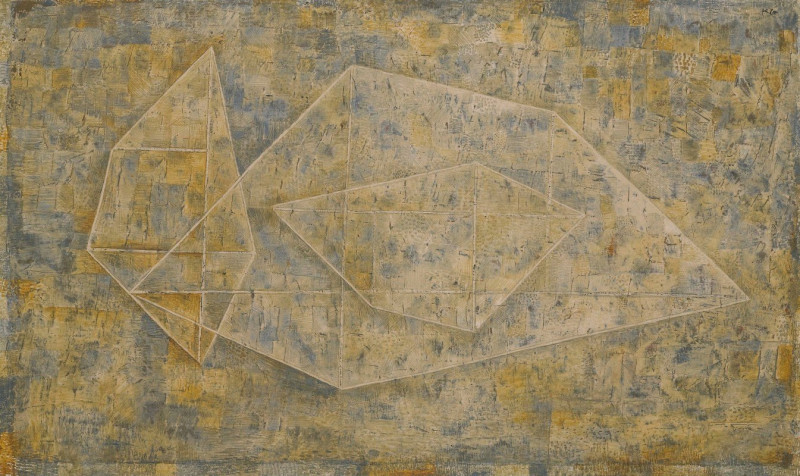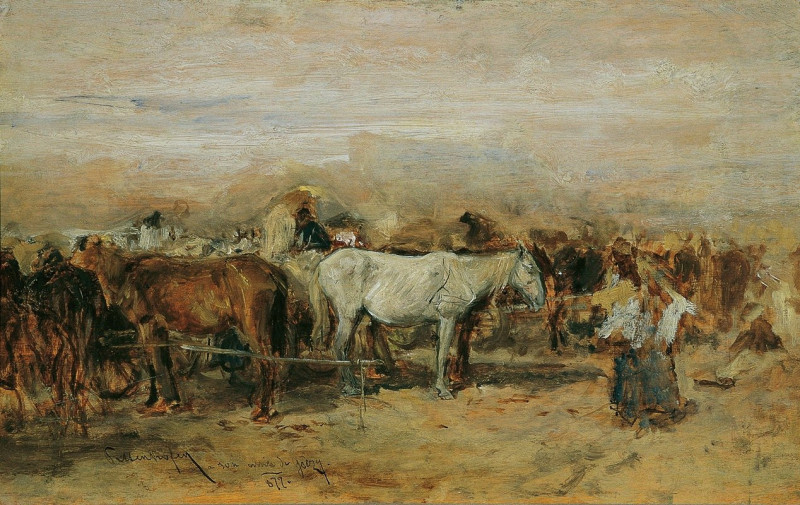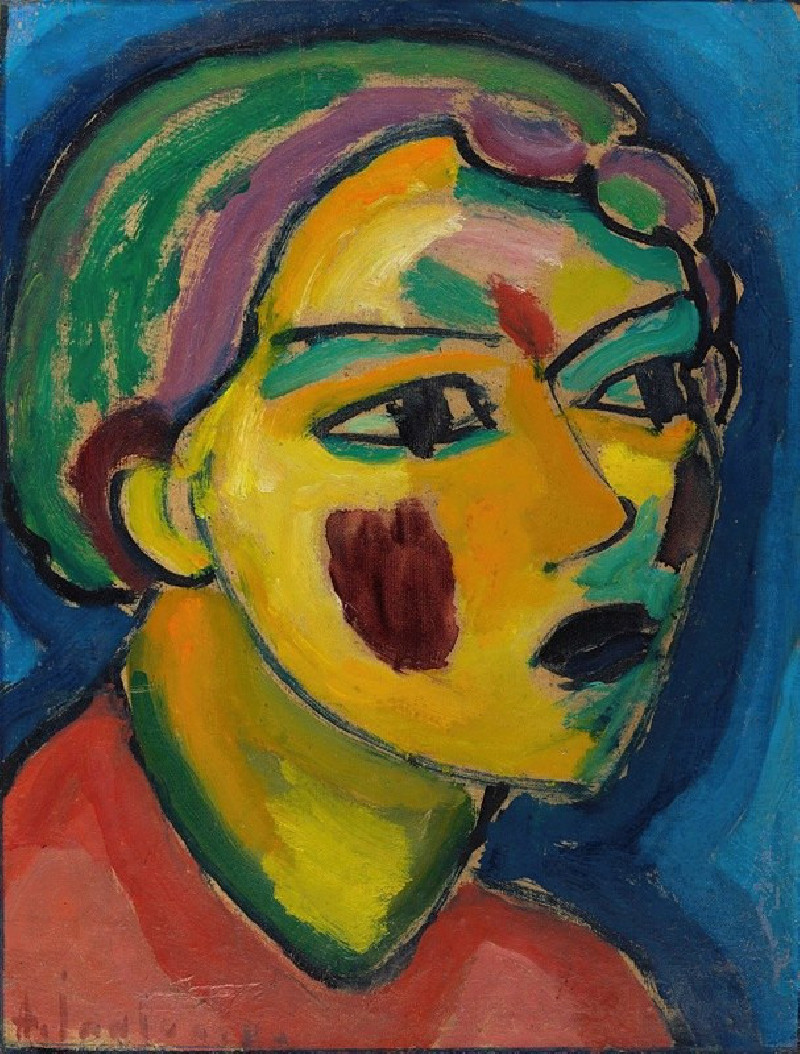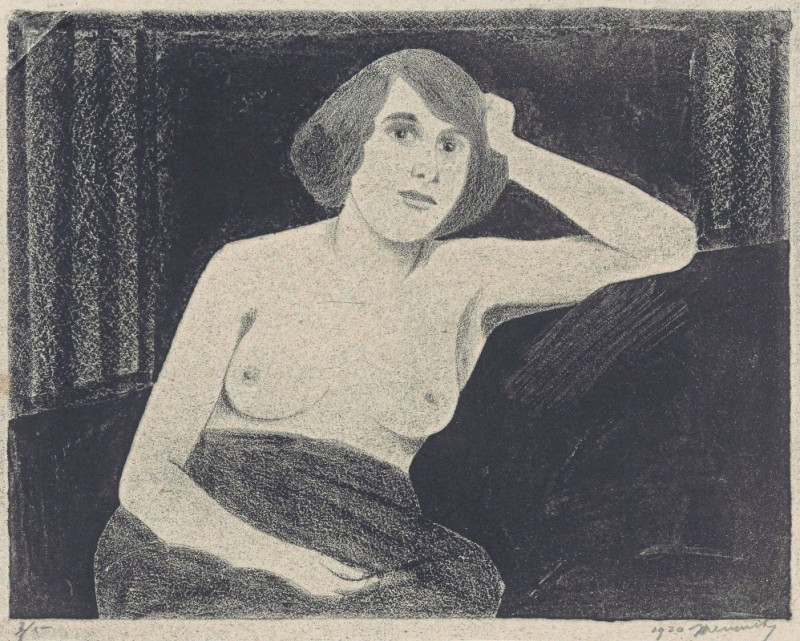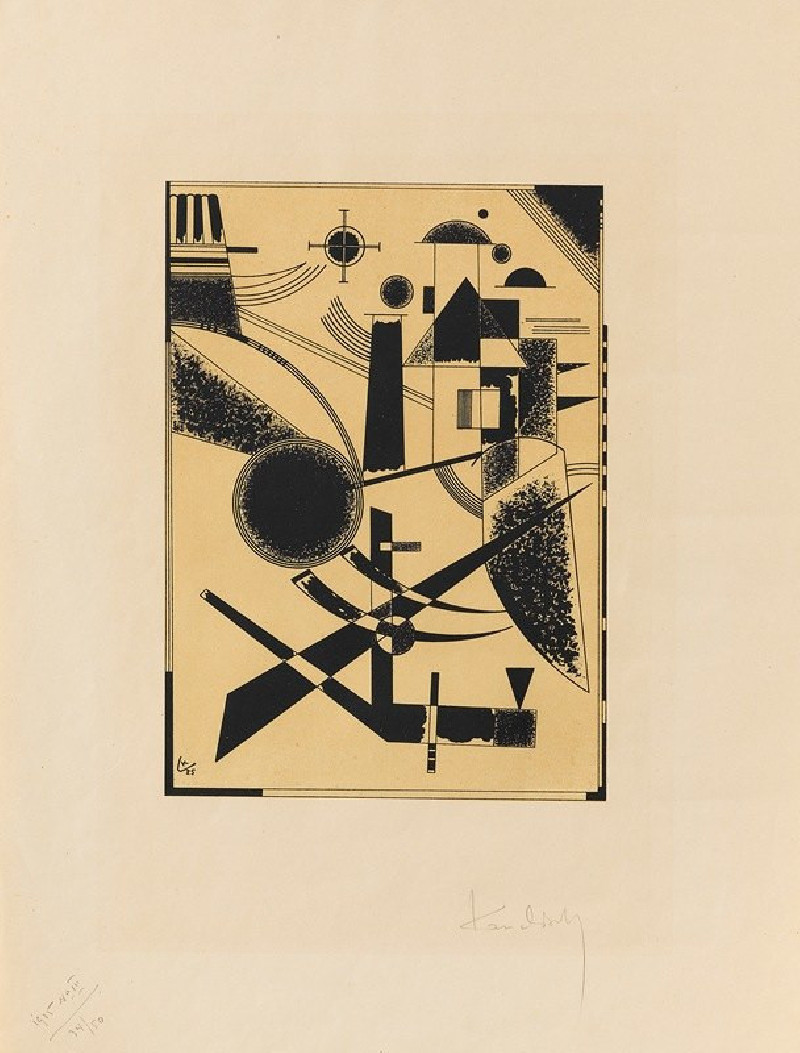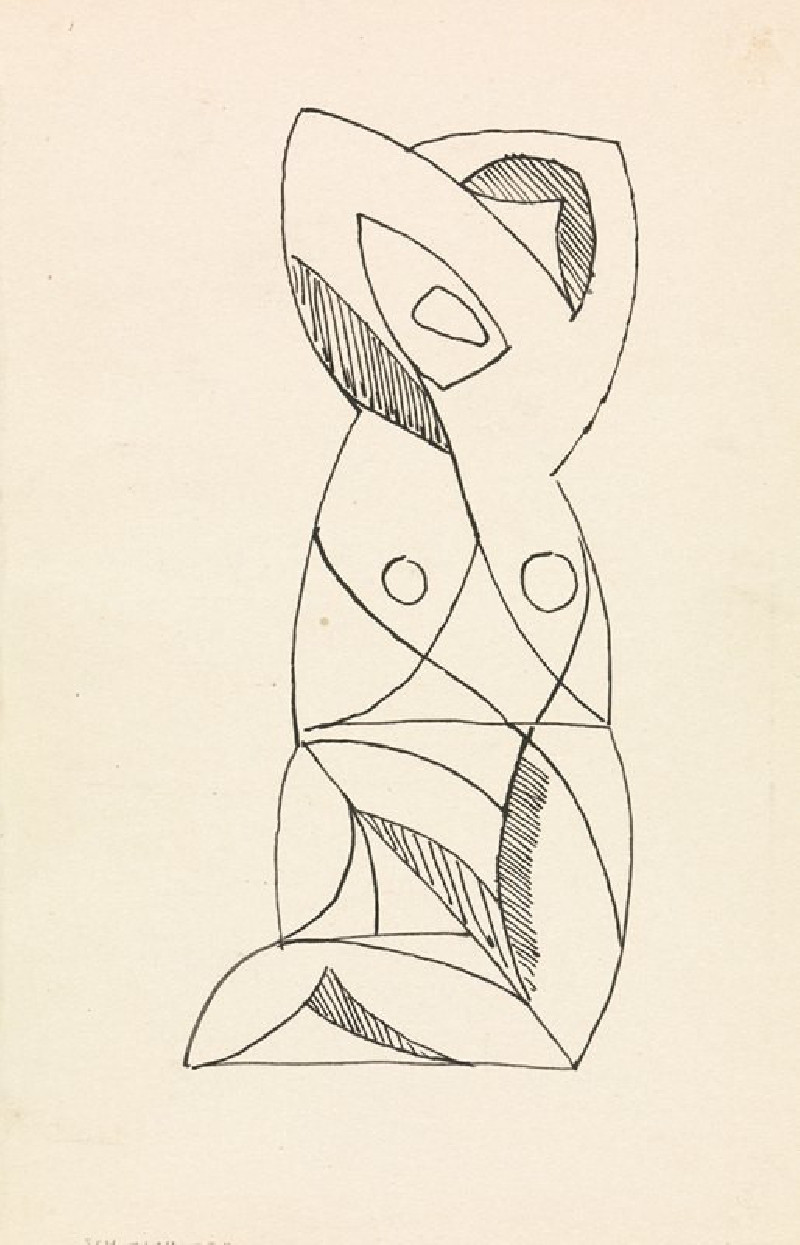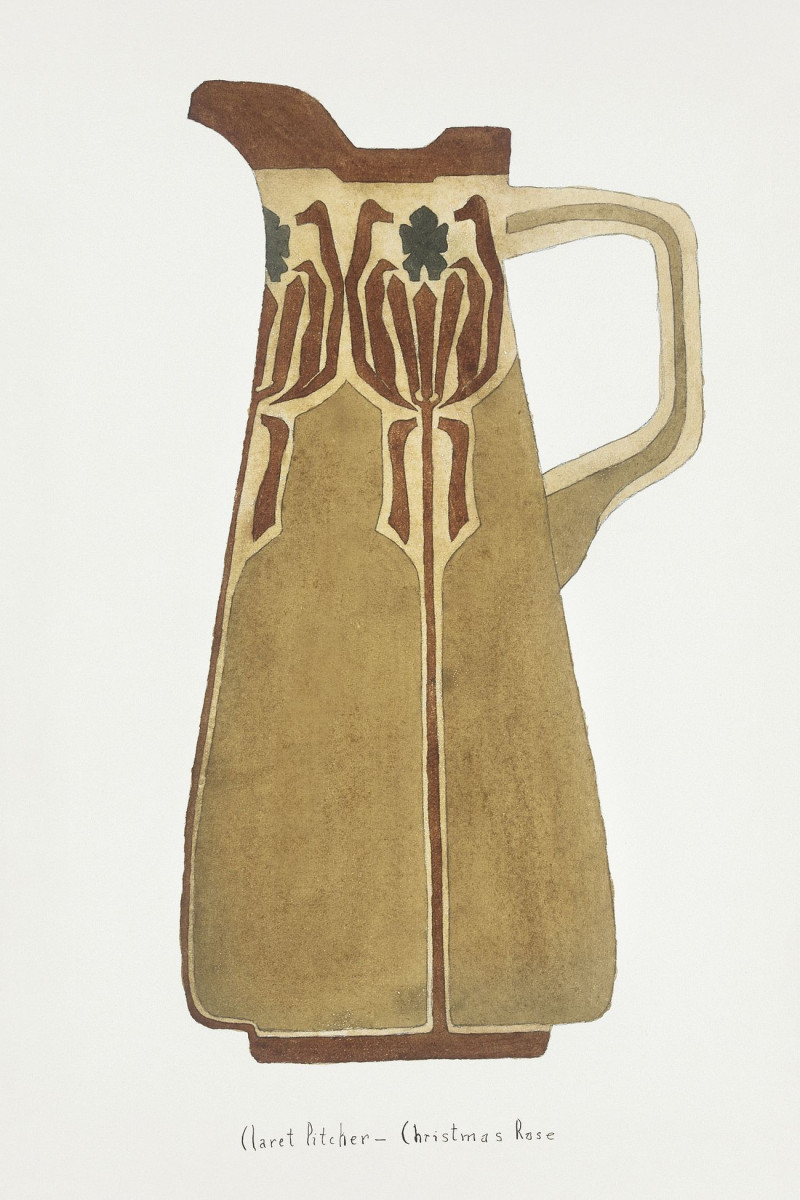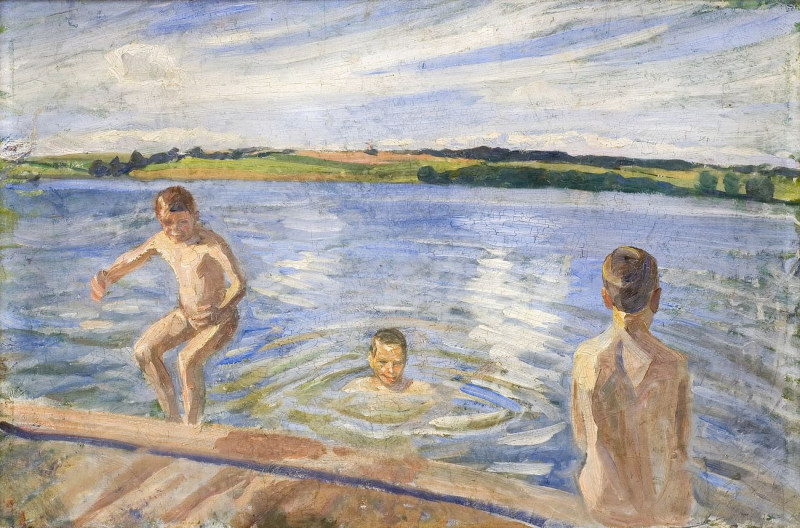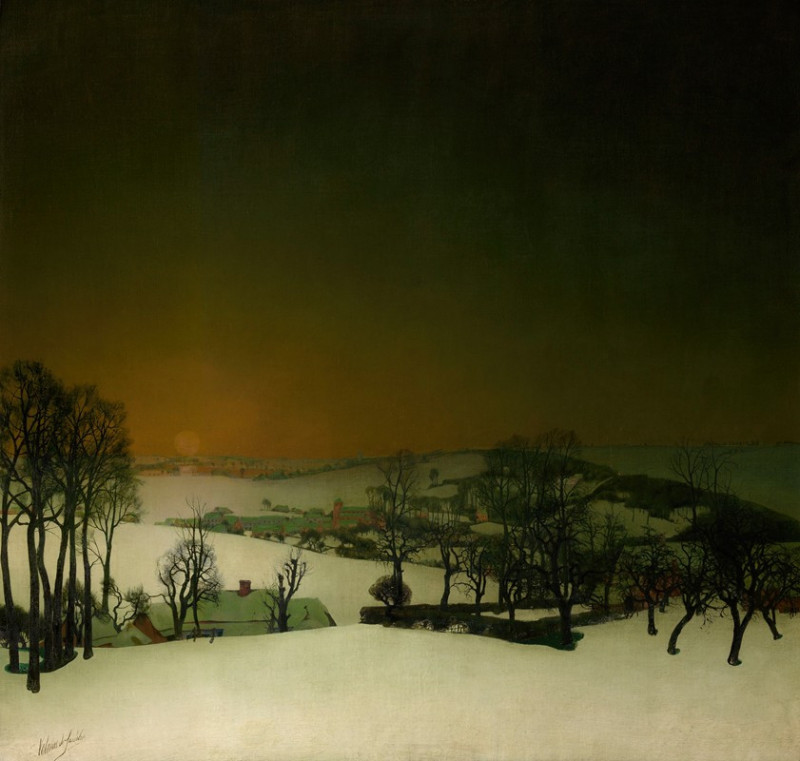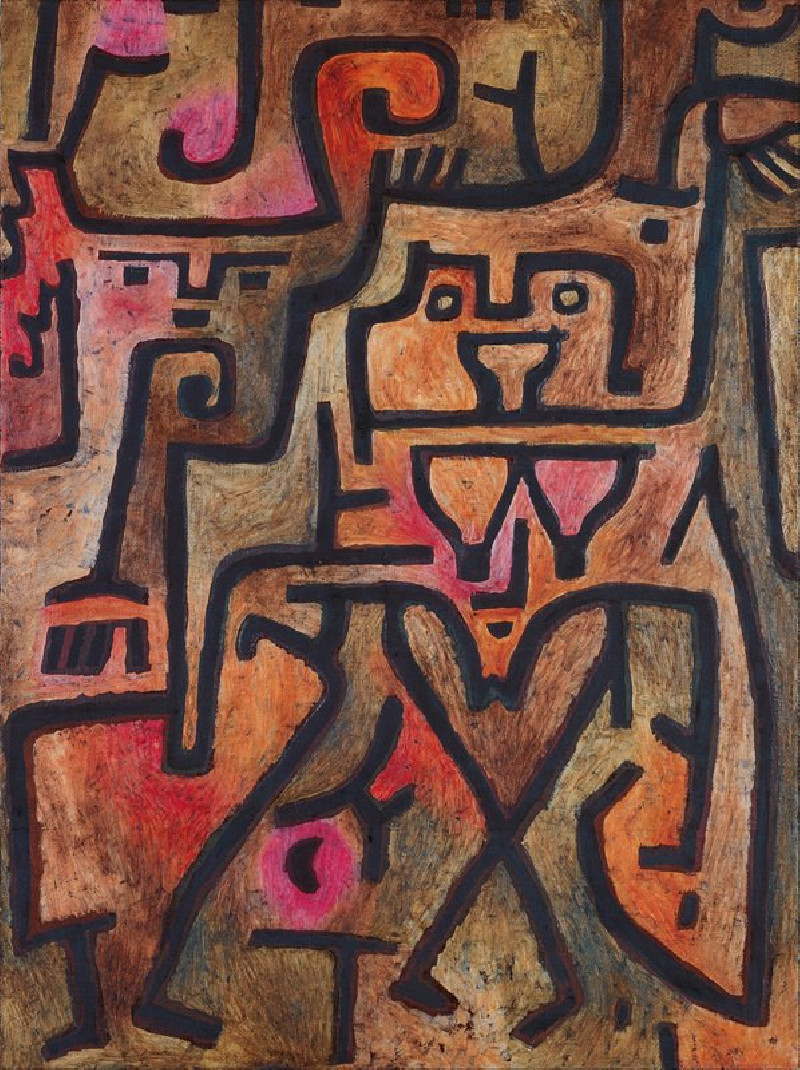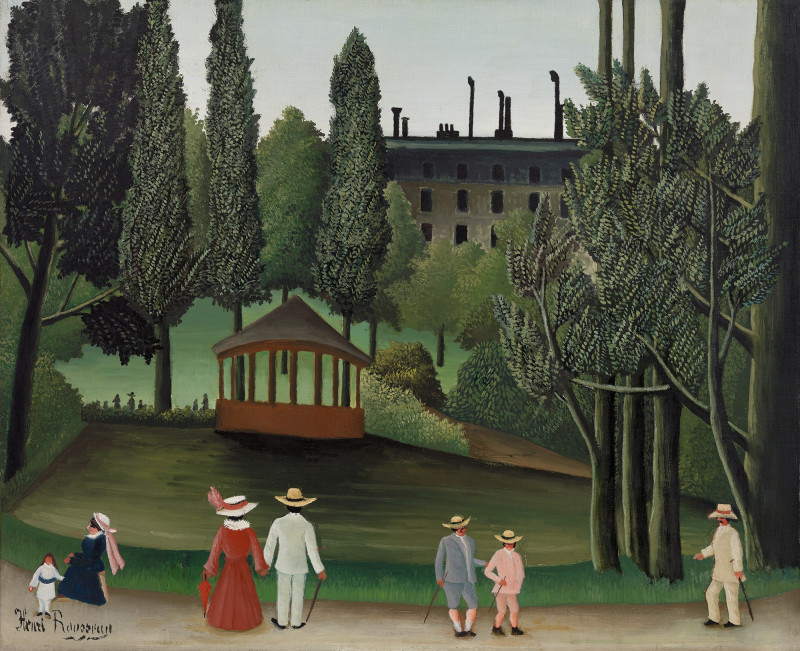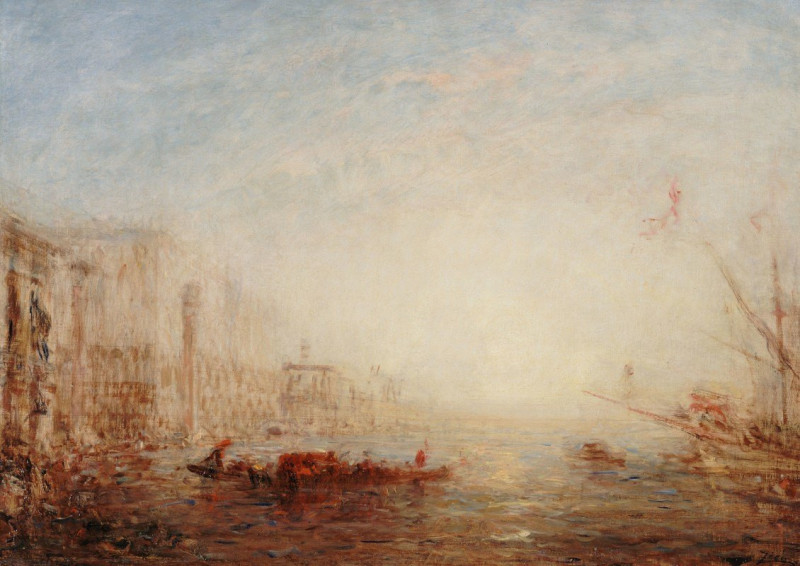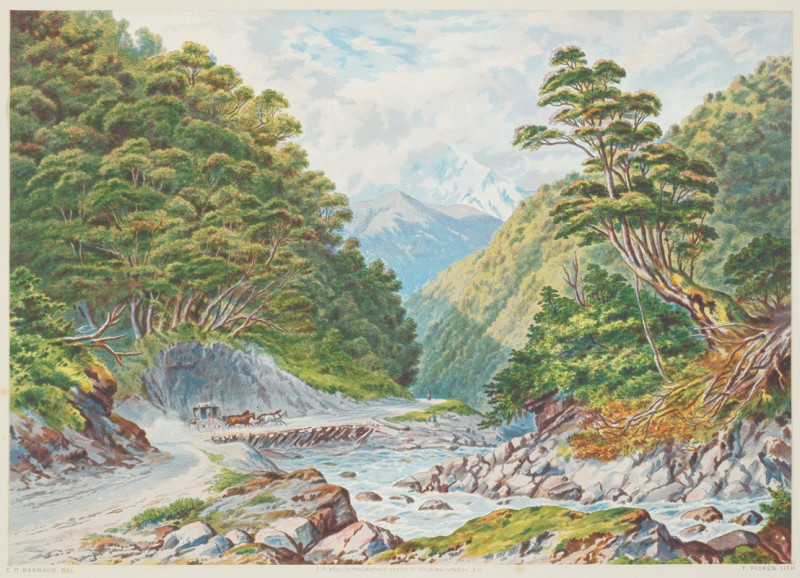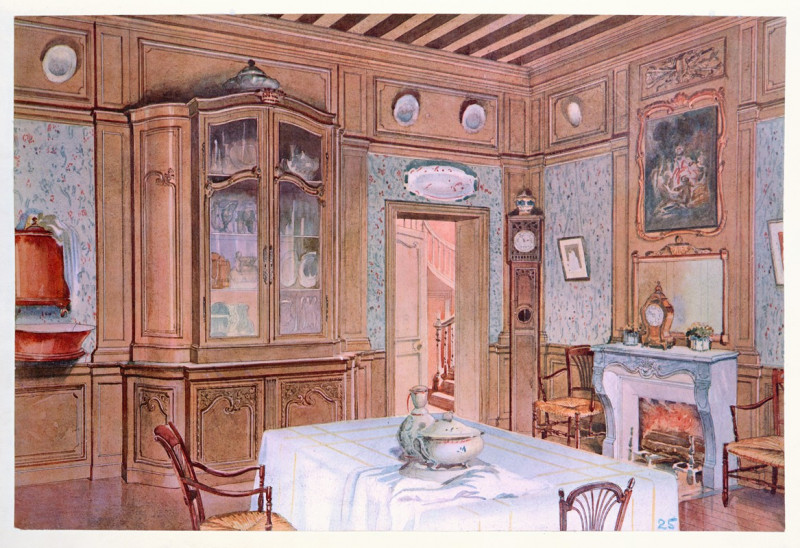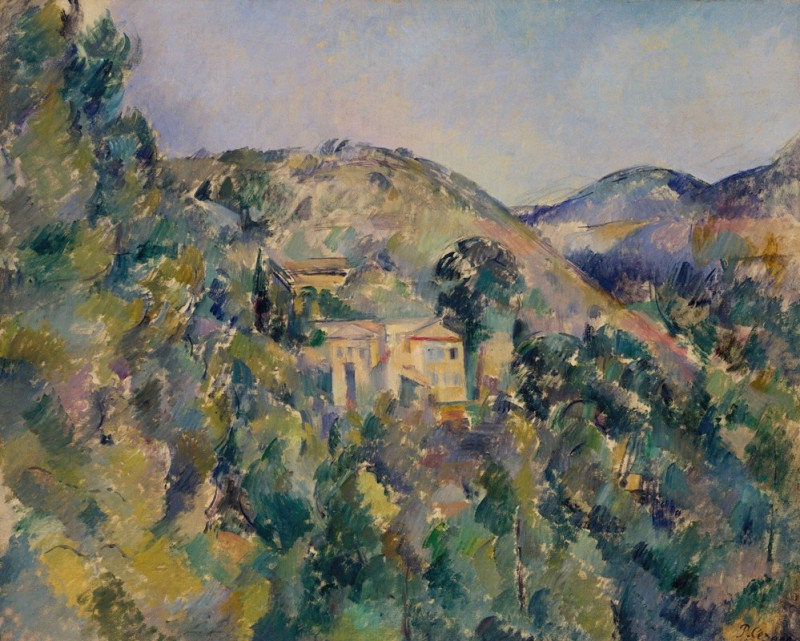P VIERZEHN (P FOURTEEN)
Technique: Giclée quality print
Recommended by our customers
More about this artwork
Paul Klee's "P VIERZEHN (P FOURTEEN)" is a captivating exploration of geometric abstraction that invites viewers into a world of form, texture, and subtle color variations. This painting, composed in 1939, exemplifies Klee's mastery in integrating complex visual elements into a harmonious whole.At first glance, the viewer is greeted with a composition centered around overlapping geometric shapes, primarily triangles and quadrilaterals. These shapes are delineated with fine, distinct lines that create a sense of depth and dimensionality against a textured background. The background itself is a rich tapestry of earthy tones, ranging from ochre to deep blues, speckled with hints of underlying patterns that seem to peek through the geometric figures.Klee's use of texture in "P VIERZEHN" is particularly noteworthy. The textured effects are achieved through a meticulous layering of paint, which adds an almost tactile quality to the work, urging the observer to imagine the physicality of each brushstroke. Moreover, the interaction of these textures with light gives the painting a dynamic quality, as different elements become more or less prominent depending on the viewing angle.This piece reflects Klee's theoretical approach to art, where line and shape transcend mere representation to become symbols loaded with meaning. While abstract, the geometric forms may subtly suggest elements of the natural and constructed world — from architectural structures to organic forms — all coexisting within the flat plane of the canvas."P VIERZEHN" serves not only as an example of Klee's innovative techniques in color and form but also encapsulates his philosophical exploration of the boundaries and possibilities within painting.
Delivery
Returns
Paul Klee was a Swiss-born German artist. His highly individual style was influenced by movements in art that included expressionism, cubism, and surrealism. Klee was a natural draftsman who experimented with and eventually deeply explored color theory, writing about it extensively; his lectures Writings on Form and Design Theory (Schriften zur Form und Gestaltungslehre), published in English as the Paul Klee Notebooks, are held to be as important for modern art as Leonardo da Vinci's A Treatise on Painting for the Renaissance.

